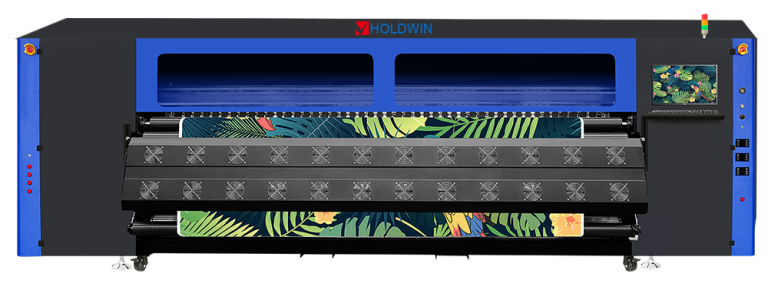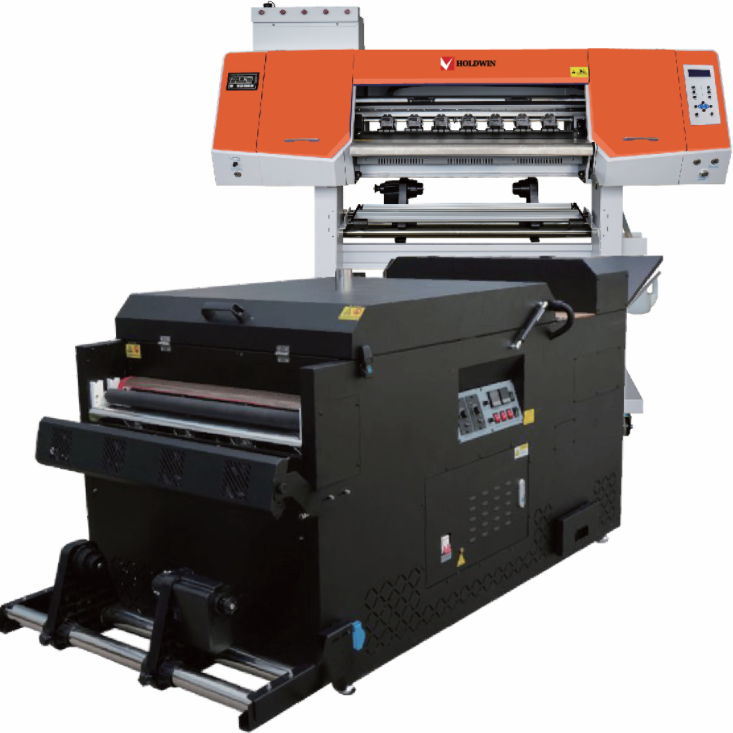
Digital printing technology has revolutionized the textile industry by offering unparalleled flexibility, efficiency, and customization options. With various methods available—such as dye-sublimation, direct-to-fabric (DTF), heat transfer, and UV printing—understanding the benefits and limitations of each can help you choose the right technology for your needs. This article provides a comprehensive comparison of different digital printing methods, considering factors like cost, quality, versatility, and environmental impact, to help textile manufacturers, fashion designers, and printing technology enthusiasts make an informed decision.
Digital printing involves transferring digital images directly onto fabric or other substrates using specialized inkjet technology. Unlike traditional screen printing, digital printing offers higher resolution, less waste, and the ability to print small or large runs with greater flexibility. The four main digital printing methods include dye-sublimation, direct-to-fabric (DTF), heat transfer, and UV printing. Each of these methods offers unique advantages and is suited for different applications. Let’s explore each method in detail.
Dye-sublimation printing uses heat to transfer dye onto materials like polyester or polymer-coated substrates. This method is highly effective for producing vibrant colors, making it ideal for fashion garments, sportswear, flags, banners, and other polyester-based textiles. The ink, in a gaseous state, bonds with the fabric fibers, resulting in long-lasting prints that do not crack, fade, or peel.
Advantages:
Limitations:

HOLDWIN-3224TX High-speed sublimation digital printer
Direct-to-fabric (DTF) printing involves applying water-based pigments directly onto fabric through an inkjet printer, followed by a curing process to fix the colors. This method is highly versatile and suitable for printing on various textiles, including cotton, silk, wool, and blended fabrics.
Advantages:
Limitations:

Heat transfer printing uses heat to transfer designs from a coated paper onto fabric. This method is highly popular for small to medium-sized custom orders, such as promotional items, sportswear, and personalized garments.
Advantages:
Limitations:

UV printing uses ultraviolet light to cure (or dry) the ink as it is printed, making it suitable for a wide range of materials, including textiles, plastics, glass, and metal. UV printers are commonly used for roll-to-roll, hybrid, or flatbed applications, allowing for both flexibility and high-quality output.
Advantages:
Limitations:

When selecting a digital printing method, it is crucial to consider the specific needs of your business or project. For instance, if vibrancy and durability are key for synthetic textiles, dye-sublimation may be the best choice. However, if flexibility in materials and design complexity is more critical, direct-to-fabric printing offers a wider range of options. Heat transfer printing is ideal for custom orders and cost-effective small runs, while UV printing is perfect for unique applications requiring quick drying and superior durability.
Table Insertion Suggestion: A comparison table summarizing the key features, advantages, and limitations of each digital printing method. The table should provide a quick reference for choosing the most suitable method based on specific criteria like material type, cost, durability, and print quality.
At HOLDWIN, we are committed to becoming a world-renowned brand in digital textile printing by continuously innovating and offering cutting-edge products. Our advanced digital printing solutions cater to the unique needs of our global clientele, allowing for rapid product development and customized solutions. From high-precision UV printers to versatile DTF systems, we provide comprehensive solutions tailored to your business requirements. Our customer-centric approach ensures that every client receives the best possible technology and service to stay ahead in a competitive market.
Customer Testimonial:
“Choosing HOLDWIN’s DTF printer was a game-changer for our custom apparel business. The color accuracy and fabric compatibility exceeded our expectations, and the personalized support from HOLDWIN’s team made all the difference. We’re excited to grow our partnership and continue leveraging their expertise to innovate our products.”
— Emily Williams, Creative Director, Urban Threads Apparel
Digital printing technology continues to evolve, offering new possibilities for creativity, efficiency, and sustainability. By understanding the strengths and limitations of each method—dye-sublimation, DTF, heat transfer, and UV printing—textile businesses can choose the right technology to meet their needs. As a leader in the digital printing field, HOLDWIN is dedicated to providing innovative, high-quality solutions to customers worldwide. Our commitment to research and development ensures that we remain at the forefront of this dynamic industry.

Zhiyu is passionate about good products, good services, and good prices to let consumers know that choosing us is the right choice! For partners and end customers, we will provide one-on-one considerate smart services and provide you with more high-quality procurement solutions.